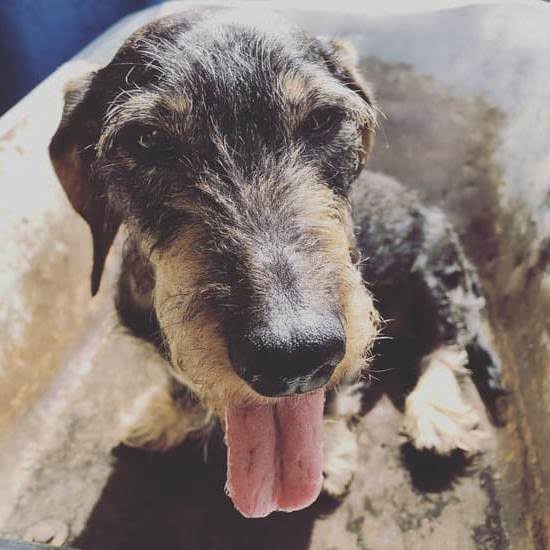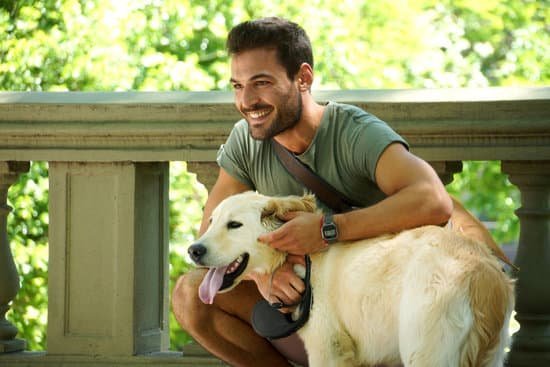Troubleshooting
Leash aggression is exhibited when your dog displays aggressive behavior towards another canine or person while on the leash. Some common signs might include growling, lunging, snapping and snarling. If your dog is exhibiting leash aggression, it is important to begin addressing this problem as soon as possible in order to prevent things from escalating. A systematic approach involving positive reinforcement and patient corrections can help to moderate unwanted behaviors from emerging in the future.
For situations where your dog is jumping up, it could be both exciting behavior (high energy) or a sign of submission which can cause discomfort for your pet’s recipient. Proactive management treatments with consistent verbal corrections along with rewarding good choices will help reduce this behavior from occurring. Creating scenarios where you are reducing excitability prior to engaging with others, such as providing ample playtime prior to walking outdoors could also minimize instances of jumping up at passersby.
Excessive barking can often be an indicator of underlying anxiety but can also be commonly seen when a canine doesn’t have a healthy outlet for their pent-up energy. You may find that providing extra exercise through activities such as running or fetch would help to reduce instances of excessive barks due to the physical release this provides the animal while allowing them to engage in stimulating behaviors. Developing an understanding between yourself and your pet pertaining to cues on when they should remain quiet can help further prevent this issue surrounding leash manners from recurring.
Multi-Person Training
When leash training a dog with multiple people, it is important to be aware of the roles that everyone should fill and maintain consistency in order to keep the process running smoothly and effectively. For instance, one person should take on the primary role as the main trainer while other members should provide support to ensure the commands are followed. The main trainer should generally assume more of a leadership role while remaining consistent with hand signals, verbal commands, and corrections. Everyone involved in training should create an environment that is safe, predictable, and stress-free for the pup. It’s also important to consider everyone’s comfort level when introducing new ideas or activities within the leash training program. When changes are implemented or created, all members involved should be informed about them so that no one’s expectations are confused or upset. Additionally, rewards such as treats or playtime can be used as positive reinforcement for obedience whenever applicable. By having an understanding of each member’s role within leash training and using tools like rewards it increases the likelihood of successful training with multiple people participating.
Long-Term Leash Training
Long-term leash training should focus on teaching the dog to stay with their owner, rather than wandering away. To achieve this goal, it is important to establish clear boundaries and expectations for when the dog is allowed to wander away. For instance, a specific distance that they are allowed to wander from their owner while still remaining in sight.
Additionally, it is important to focus on good behaviors and discourage bad behaviors such as pulling or biting at the leash. Using a positive reinforcement method such as rewarding good behavior can help reinforce proper leash behavior in the long-term. A number of specific training cues can be used to teach your dog when it’s appropriate to be on-leash or off-leash.
Once they have mastered a few cues successfully, short walks can then be incorporated so that their skills may continue to develop and strengthen over time. During initial training sessions with your pet, stay consistent and keep them engaged by using verbal rewards and positive responses when your pet follows instructions correctly. Short period of practice daily are best for developing good leash habits in the long run.
Health Benefits
Regular leashed walks are incredibly important for your dog’s physical and mental health. They provide much-needed exercise that helps keep your dog at a healthy weight, as well as encourages good muscle tone. Walking also provides mental stimulation and relief from boredom, which can lead to destructive behavior since dogs require activity to stay mentally healthy. Regular walking on the leash exposes your dog to social situations, helping with socialization and strengthening the bond between you. Less exposure to other dogs can lead to fear of strangers, so keep that in mind when training your dog on the leash. Walks are also a great time for positive reinforcement to reinforce good behaviors — use treats if need be — so that taking trips outside is a rewarding experience.
Off-Leash Experiences
1. Begin in a familiar, enclosed area – such as a fenced backyard or dog park – free of distractions and external stimulation.
2. Make sure the pup is wearing a fitted harness with the leash attached.
3. Allow the pup to explore and interact with others, being mindful to monitor their body language for signs of stress.
4. When giving permission to run or play, be sure to include commands like “come” and “stop” in your cueing so that the pup is reminded about leash etiquette even when off-leash. Also provide them with treats as rewards for following along.
5. Expand off-leash experiences by walking regularly around your neighborhood or visiting nearby parks where there are more people and canine companions present, while keeping the pup close by whenever needed using verbal cues and hand signals.
6. If the pup gets too far away from you or disobeys commands, call it back to you with a treat reward, praising it once it arrives at your side so that it understands this behavior will be rewarded each time it occurs.
7. Gradually increase time spent off-leash over several months as your pup becomes more comfortable and confident in these environments; reteach commands when needed, however if any aggression or anxiety is observed cease off-leash training immediately before some harm is done and consult veterinary assistance if necessary.

Welcome to the blog! I am a professional dog trainer and have been working with dogs for many years. In this blog, I will be discussing various topics related to dog training, including tips, tricks, and advice. I hope you find this information helpful and informative. Thanks for reading!





